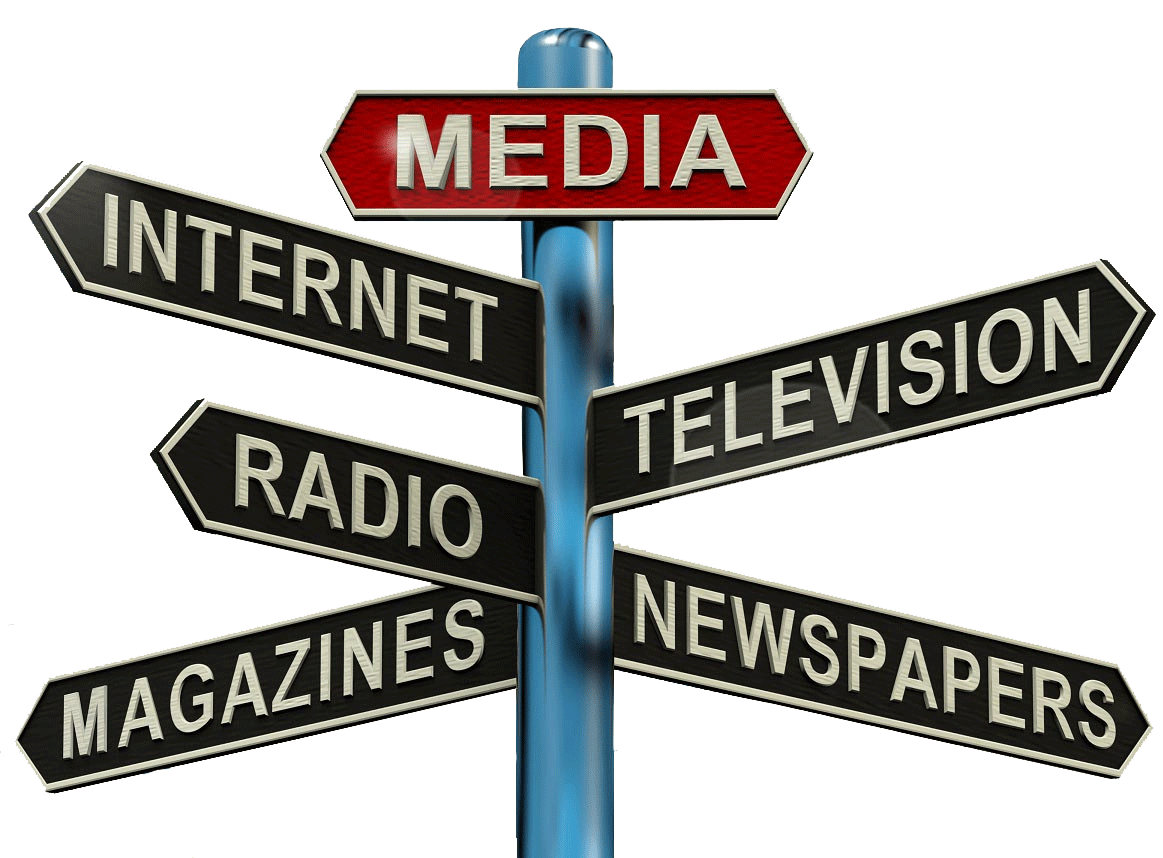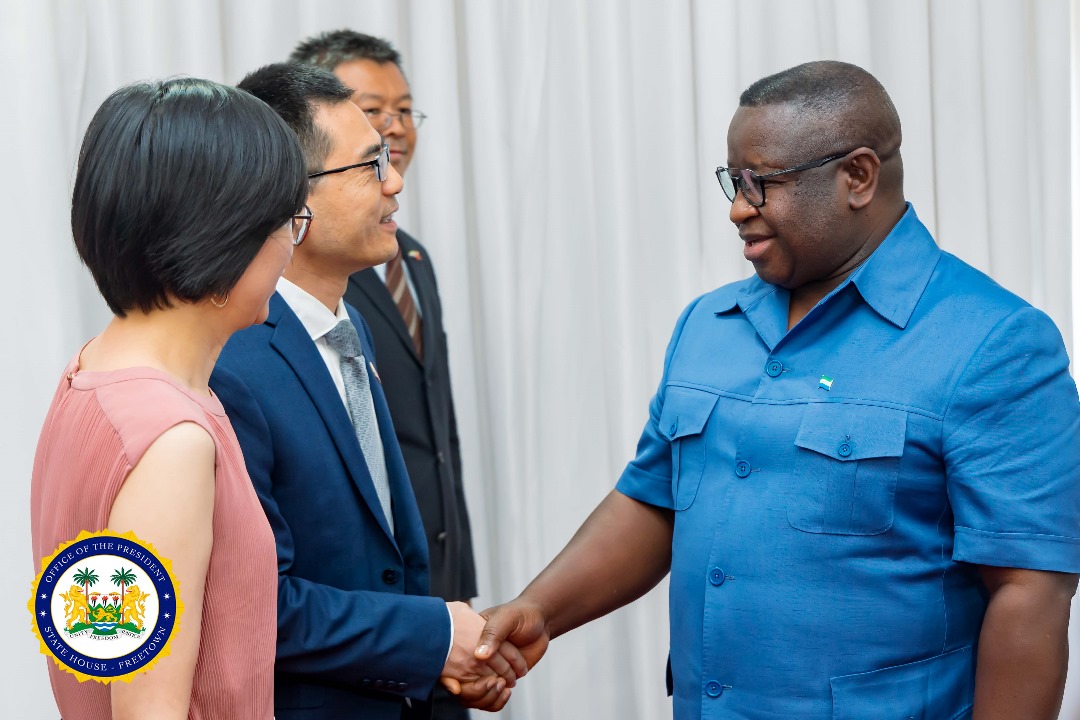By Alusine Fullah
In one of my articles that I titled: “Journalism of Bias,” I promised that I would one day do a piece/ article on Public Relations and Journalism. My observation in this part of the country is that, many people have considered the two concepts to be the same.
Honestly, in Sierra Leone, journalism and public relations are sometimes perceived as possessing similar traits and working towards related goals. A number of companies take on journalists as public relations persons because they believe journalists understand the public relations role and vice versa. In Sierra Leone and around the world, it is not uncommon to find journalists move jobs to public relations practice. It is less common however, to find the reverse although it exists. These job-switches gives an indication of how Sierra Leoneans perceive the two professions as similar and therefore the belief that a change to either one may not be such a dramatic turn around.
In one of his lectures, Dr. Francis Sowa at the Faculty of Mass Communication and Media Studies Fourah Bay College succinctly explained the varieties of the two concepts. He Explained:
The roles of the journalist and that of public relations person vary extensively. Their roles however make them meet on some platforms and engage in different ways. This may give each other an idea of their respective roles but does not necessarily mean they completely understand each other’s work. Both require a lot of impromptu assignments and writings. Both jobs require constant research and keeping one’s ears on the ground for information. Both professions communicate but in different, interestingly diverse ways. Learning and experience is the one way out if journalists are to know what public relations is all about and vice versa
What do journalists do? The authors of The Elements of Journalism, Kovach and Rosenstiel said the purpose of journalism is to “provide citizens with the information they need to be free and self-governing”. In providing this information, journalists will tell you that they serve as a watchdog for society. Journalists believe they push people beyond complacency, and offer a voice to the voiceless. In other words, journalists do not work for media houses per se but for the people in their society. In the end, their story ideas must ask two questions: who cares? And so what? If the story has a good answer for these two questions, the journalist goes ahead to write the story. How do they do this?
Journalists need to gather needed information before they can start writing a story. In gathering information, the journalist would usually use three ways: observation, interviewing sources and background research. In observing, a journalist can attend events, lectures and other public addresses to witness proceedings and matters that will be discussed. This is a good way one can gather information for a story. A journalist can also conduct some experiments, tests and polls to help obtain useful information. The second way a journalist gathers information is through interviews. The journalist interviews experts, witnesses, leaders, officeholders, politicians, and anyone who can provide relevant information for the story. Interviewing can be done face-to-face, on the phone, by email, through letters, etc. The third way to gather stories is by research. A journalist may use the internet, search from a library, read scholarly works, bibliographies, government documents, journals, biographies, archives, and reference books. Research can also be done by reading newspapers, viewing audio-visual materials, and watching some television programmes. These tools help journalists find stories which are relevant to the society.
The work of journalists goes a long way to inform society on issues that affect them, as well as educate people on the society they live in so they can make more informed choices. Usually done in what is termed ‘investigative journalism’, journalism can keep people on their toes and propel them to do the right thing and can also lead to the arrests of persons breaking the law or bring irresponsible persons to book.
What do public relations persons do? Public relations roles vary in work levels and in different organizations. However, there are some basic assignments undertaken by most public relations persons. Their job, as stated earlier, is to serve their clients or organizations. But, how do they do this? First of all, public relations persons usually do a lot of writing and editing of various communication materials for both their internal and external stakeholders. They write news releases for both the print and broadcast media, they write feature stories as thought leaders, they compose text for internal newsletters, websites, key messages for press kits, annual reports, brochures, film and documentary scripts, trade publications, product and technical collateral material. In this way, writing skills are a necessary requirement that plays a central role in public relations work.
The practitioner also creates communication materials through production work such as photography, computer desk-top publishing, audio and video recording and editing as well as preparing audio-visual presentations. Media relations and the ability to place one’s piece of work in the media is a vital job of the public relations person. This is one of the reasons why companies like Orange, Africell, Qcell, Pee Cee and Sons, etc hire journalists, who they believe can do media relations, so their stories are placed in the media quite often. Media relations, however involves more than that. It involves developing and maintaining cordial and oftentimes personal relationships with the media. Usually this relationship helps public relations persons respond to media requests for information, facilitates access to authoritative sources and sometimes leads as well as help them verify stories. This relationship also helps public relations persons contact media personnel and get them to publish or broadcast news originated by the organization.
In his lectures, James Tamba Lebbie a senior lecturer in Fourah Bay College said: “Like journalism, research is believed to be the backbone of the public relations person. They use internet search engines, conduct survey or hire research firms to undertake specific research for the organization. Public relations persons use research as a tool to gather information about the perceptions of their publics, issues in their sector, the political climate of the time, the media landscape, and other concerns related to the organization and its stakeholders…”
Sheku Putka Kamara, a senior journalist and lecturer took it further that the public relations profession requires strategic programming and collaboration with other managers in an organization in order to determine their needs establish their priorities, set goals and objectives and develop a strategy and tactics to attain the set goals.
The public relations person needs to administer personnel, a budget and schedule sheet to facilitate the management of these plans. Giving solid advice to management on social, political and the regulatory environment is also a role of the public relations person. This advisory role includes giving counsel on how to respond to crises and working with the management of the organization to devise strategies for managing or responding to critical and sensitive issues.
To sum it all, the public relations person is seen as the liaison person between the organization and the media, the community, the employees, the government and all other publics of that organization. This role means the public relations person must listen, negotiate, manage conflict as well as meet and entertain their organizations’ guests.













